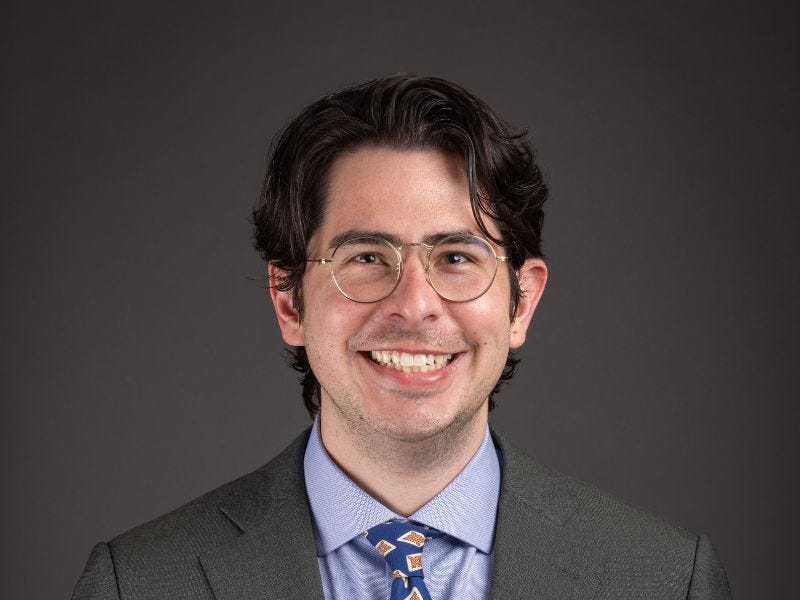After Bear Creek High School restricted phone use in classrooms, teachers and administrators noticed a striking shift in student behavior.
In fact, Jeffco’s Chief of Staff, Lisa Relou, told the school board on June 12 that the surge in student engagement was so significant that in classrooms where phone use had previously been permitted, “teachers were encouraged to plan more curriculum into their lessons.”
Teachers also reported near-universal compliance.
“Over 94% of respondents reported always, or nearly always, consistent enforcement while in class,” Relou said.
Students still used their phones during lunch and passing periods — a choice allowed under the policy — but acknowledged a “dramatic drop in in-class cell phone use.”
That drop had ripple effects.
Relou also noted a sharp decline in vaping. “Our deans felt strongly that this was due to students not texting each other to meet in bathrooms during class periods.”
Jeffco opts to wait on districtwide policy
But even with those clear gains at Bear Creek, Jeffco leaders aren’t rushing to implement a districtwide policy.
Instead, the district will spend the 2025–26 school year conducting outreach, gathering input and drafting a policy for board approval in the spring of 2026. Implementation would follow in the 2026–27 school year, just in time to meet a state-imposed deadline.
That date, July 1, 2026, was set by state lawmakers under House Bill 25-1135, which requires all Colorado That date was set by state lawmakers under House Bill 25-1135, which requires all Colorado school districts to adopt and implement a policy on student communication devices by July 1, 2026.
Superintendent Tracy Dorland said the decision to wait was deliberate.
“We’re not just immediately jumping to a solution, one solution that fits all,” she said. “Being able to just take a minute, study this, and then come back to you… before we really put in policy what we believe is best across our schools is important.”
A research-driven approach
District staff hired an independent education consultant to launch a qualitative study in the fall of 2024, after selecting 11 schools for participation, including Bear Creek High School and Three Creeks K–8.
The process included two surveys, conducted in January and May, which collectively received over 8,000 responses. Focus groups with students and interviews with teachers followed.
Relou framed the moment as a “cultural inflection point,” citing growing concern about the connection between smartphones and youth mental health.
“We understood the moment in time we are all in,” Relou said. “There’s a lot of chatter on this anxious generation… and that writing in and of itself has been influencing a lot of policy around the country.”
The team drew inspiration from national research efforts, including Angela Duckworth’s Phones in Focus initiative, and adjusted its second survey to include similar questions.
“Nobody really knows what’s working and what isn’t — and, yet, we need to make decisions about what to do,” Duckworth has said.
Jeffco’s second survey also included new questions about earbuds, which emerged as a frequent concern among both educators and students.
Teachers want consistency and support
As responses came in, officials began to hear clear patterns, especially from teachers, who described enforcement challenges and a need for more support.
“We need clear expectations and backup. It shouldn’t fall on one teacher to carry this alone,” one staff respondent said.
In interviews, teachers described making split-second decisions between maintaining instructional flow and managing cell phone violations.
“I’m in the middle of explaining a math problem to a student, and I see a kid misusing a phone — in that moment, what am I doing?” said Tonya Bruce, principal at Three Creeks, as an example of something she heard during a focus group.
While 75% of teachers reported enforcing policies consistently in their own classrooms, only 38% believed the same was true across their school. Many called for a districtwide approach, saying the patchwork of policies had created confusion and undermined their ability to set expectations.
Student perspective: Guidance, not shame
But students shared a different set of concerns that focused less on discipline and more on trust, autonomy and the role of technology in their lives.
Many said that they value guidance on using technology productively, not just banning it, and want their voices reflected in policy decisions, according to Relou.
Dorland recalled a moment from a student panel at last year’s leadership summit.
“One of the students on the panel actually said to us, you know, why do you ban everything that we like or want, especially our phones?”
Relou added that some students asked adults to avoid judgment altogether.
“Please don’t shame us as screenagers,” Relou recounted. “It doesn’t make them feel good when we do that.”
What comes next
These competing perspectives, along with the evidence from pilot schools, will inform what comes next.
The board is expected to vote on a districtwide policy in spring 2026. Implementation will follow that fall, in time to comply with state law.
While some schools will continue their current approaches, the district plans to use the 2025–26 school year to engage students, families, educators and advisory committees in shaping the final draft.
Still, the district’s strong emphasis on student voice raises a broader issue about how much weight that input should carry, especially when evidence from the pilot points to clear academic and behavioral benefits.
Many students have never experienced school without near-constant access to personal devices — a factor that some educators say may shape how they perceive new restrictions.
As the board weighs input and outcomes, district leaders will have to determine how much weight to give student perspectives compared to pilot data showing clear academic and behavioral gains.


